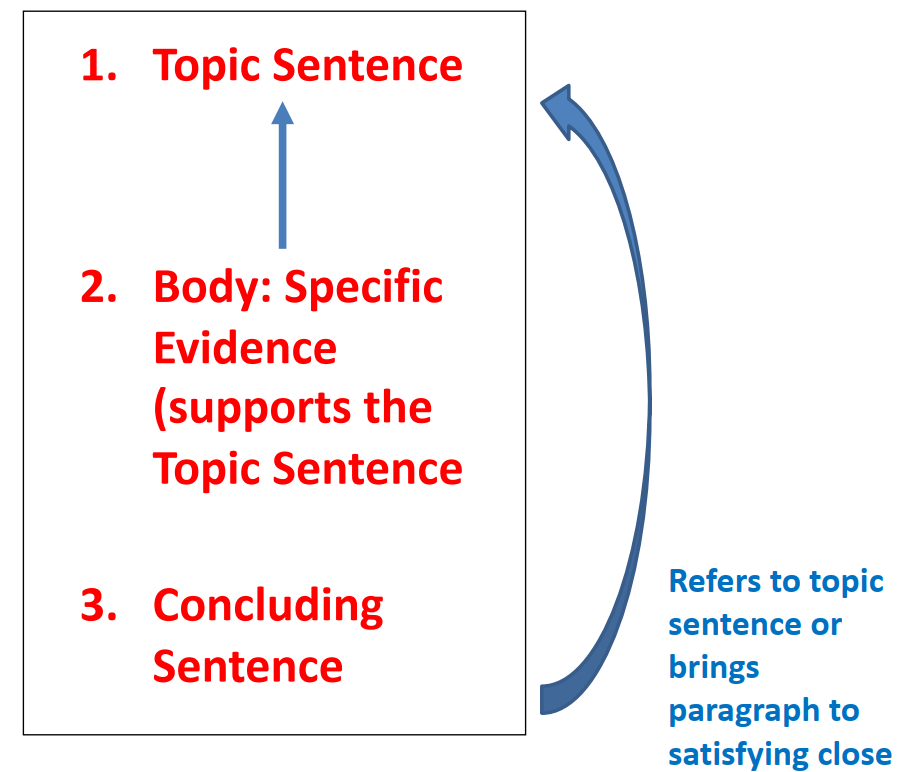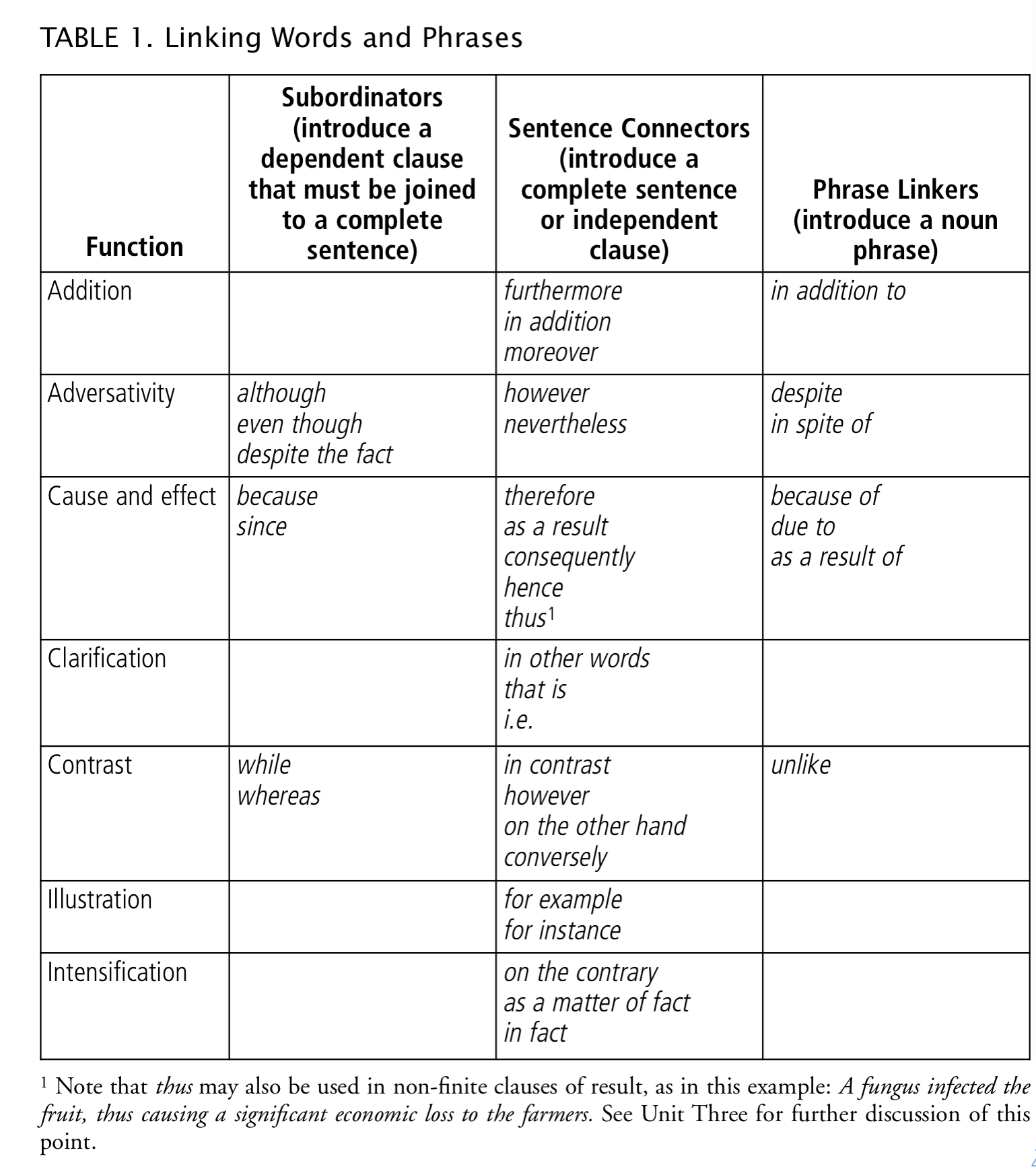An Approach To Academic Writing
An Approach to Academic Writing
Considerations in Academic Writing includes: audience, purpose,
organization, style, flow, and presentation .
Audience
For most graduate students, the audience could be instructors, colleagues, advisors, thesis committees and reviewers of review research. Understanding of the audience will affect the content of writing.
Purpose
The purpose and strategy of academic writing depends on the audience. If the audience knows less, the purpose is always instructional; and if the audience knows more, the purpose is usually to display familiarity, expertise and intelligence.
Organization
If the information is presented in an appropriate structured format, readers can follow the writer, even if there are language errors. Academic writers employ a variety of organizational patterns.
Style
Part of this section is referred to THE ELEMENTS OF STYLE by William Strunk (2011).
Elementary Rules of Usage
1. Form the possessive singular of nouns with 's, whatever the final consonant is.
Charles's friend, Burns's poems, the witch's malice, the Beatles's concert tour, . . .
Exceptions are the possessives of ancient proper names in -es and -is, the possessive Jesus' and such forms as for conscience' sake , for righteousness' sake, . . .
2. In a series of 3 or more terms with a single conjunction, use a comma after each term except the last.
red, white, and blue
honest, energetic, but headstrong
He opened the letter, read it, and made a note of its contents.
For names of business firms, omit the last comma:
Brown, Shipley and Company.
3. Enclose parenthetic expressions between commas.
. . . but it is hard to decide whether the phrase is a parenthetic expression or not.
Similar clauses introduced by where and when are similarly punctuated.
The best way to see a country, unless you are pressed for time, is to travel on foot.
In 1769, when Napoleon was born, Corsica had but recently been acquired by France.
Nether Stowey, where Coleridge wrote The Rime of the Ancient Mariner, is a few miles from Bridgewater.
Restrictive relative clauses are not set off by commas.
The candidate who best meets these requirements will obtain the place.
4. Place a comma before and or but introducing an independent clause.
5. Do not join independent clauses by a comma.
If two (or more) grammatically complete clauses are joined without a conjunction, use semicolon as punctuation.
Stevenson's romances are entertaining; they are full of exciting adventures.
It is nearly half past five; we cannot reach town before dark.
If the second clause is preceded by an adverb, like accordingly, besides, so, then, therefore, or thus, rather than a conjunction, the semicolon is still required.
I had never been in the place before; so I had difficulty in finding my way about.
It is better to begin the first clause with as than use so behind.
As I had never been in the place before, I had difficulty in finding my way about.
6. Do not break sentences in two.
That is, do not use periods for commas.
7. A participial phrase at the beginning of a sentence must refer to the grammatical subject.
8. Divide words at line-ends, in accordance with their formation and pronunciation.
Divide the word according to the formation:
know-ledge;
Shake-speare;
de-scribe;
atmo-sphere
Divide on the vowel:
edi-ble;
propo-sition;
ordi-nary;
espe-cial;
reli-gious;
oppo-nents;
regu-lar;
classi-fi-ca-tion (3 divisions possible);
deco-rative;
presi-dent;
Divide between double letters, unless they come at the end of the simple form of the word:
Apen-nines;
Cincin-nati;
refer-ring;
but:
tell-ing.
Some treatments of consonants in combination:
for-tune;
pic-ture;
presump-tuous;
illus-tration;
sub-stan-tial;
indus-try;
instruc-tion;
sug-ges-tion;
incen-diary;
Elementary Principles of Composition
9. One paragraph to each topic.
10. Begin each paragraph with a topic sentence; end it in conformity .
The aim is to aid the reader.

11. Use the active voice.
. . . But I think active and passive voice are of the same importance, so it depends.
12. Put statements in positive form.
He was not very often on time. -> He usually came late.
not hones [sic] -> dishonest
not important -> trifling
did not remember -> forgot
did not pay any attention to -> ignored
The antithesis of negative and positive, as well as negative words other than not, are usually strong.
Not that I loved Caesar less, but Rome the more.
The sun never sets upon the British flag.
13. Omit needless words.
14. Avoid a succession of loose sentences.
A series of clause will become monotonous and tedious.
15. Express co-ordinate ideas in similar form.
The likeness of form helps the audience to get familiar with the content and function.
No need to vary the form constantly.
Formerly, science was taught by the textbook method, while now the laboratory method is employed.Formerly, science was taught by the textbook method; now it is taught by the laboratory method.
Correlative expressions (both, and; not, but; not only, but also; either, or; first, second, third; and the like) should be followed by the same grammatical construction.
It was both a long ceremony and very tedious.The ceremony was both long and tedious.
A time not for words, but action.A time not for words, but for action.
Either you must grant his request or incur his ill will.You must either grant his request or incur his ill will.
16. Keep related words together.
The subject and verb should not be separated by phrase or clause that can be moved to the beginning, because the interposed content interrupts the natural order of the original sentence.
Wordsworth, in the fifth book of The Excursion, gives a minute description of this church.
In the fifth book of The Excursion, Wordsworth gives a minute description of this church.
Cast iron, when treated in a Bessemer converter, is changed into steel.
By treatment in a Bessemer converter, cast iron is changed into steel.
The relative pronoun should come immediately after its antecendent.
There was a look in his eye that boded mischief .
In his eye was a look that boded mischief .
He wrote three articles about his adventures in Spain, which were published in Harper's Magazine .
He published in Harper's Magazine three articles about his adventures in Spain.
Modifiers should come next to the modified word.
He only found two mistakes.
He found only two mistakes.
17. In summaries, keep to one tense.
18. Place the emphatic words of a sentence at the end.
Humanity has hardly advanced in fortitude since that time, though it has advanced in many other ways.
Humanity, since that time, has advanced in many other ways, but it has hardly advanced in fortitude.
This steel is principally used for making razors , because of its hardness.
Because of its hardness, this steel is principally used in making razors.
Another prominent position is the beginning of the sencence.
Deceit or treachery he could never forgive.
So vast and rude , fretted by the action of nearly three thousand years, the fragment of this architecture may often seem, at first sight, like works of nature.
Flow
Flow is used to establish a clear connection of ideas, and to move from one statement in a text to the next.
Language Focus: Linking Words , Phrases, and Punctuations


This + Summary Word
This/these + a noun can be used to establish a good old-to-new flow of information.
General rules: a summary noun refers back to the idea in the previous sentence, they summarize what has already been said and pick up where the previous sentence has left off.
Air traffic delays due to high traffic volume have considerably increased over the last decade; these delays have become a major public policy issue.
Increasing the size of airports is one solution to traffic congestion; however, this is a long-term solution whose benefits may not be seen for many years into the future.
Air traffic delays due to high traffic volume have considerably increased over the last decade. Consequently, these delays have become a major public policy issue.
Presentation
A positive response for the written work includes:
Check if the information flows in an expected manner.
Consider the overall format of the written work.
Proofread for grammar accuracy.
Check for misspelled words.